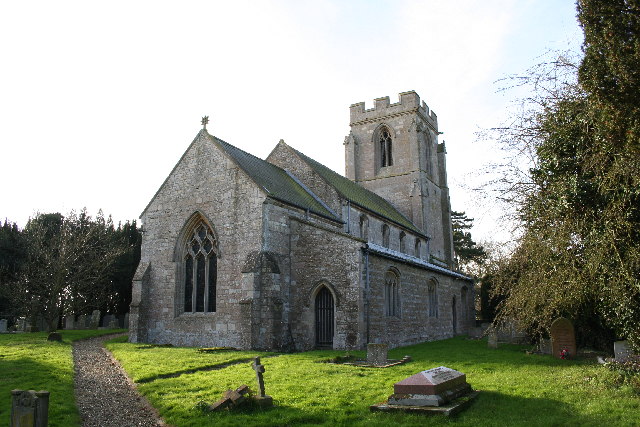Hacconby Fen
Downs, Moorland in Lincolnshire South Kesteven
England
Hacconby Fen

Hacconby Fen is a picturesque area located in Lincolnshire, England. It is situated in the Downs and Moorland region, contributing to its unique landscape and natural beauty. Covering a vast area, Hacconby Fen is a haven for wildlife enthusiasts and nature lovers.
The fen is characterized by its wetland habitat, consisting of marshes, reed beds, and water channels. These provide an ideal environment for a variety of plant and animal species. Visitors can expect to see an array of birdlife, including herons, swans, and ducks, as well as rare species such as bitterns and marsh harriers.
The flora of Hacconby Fen is equally diverse, with an abundance of wetland plants like water lilies, reeds, and sedges. These plants not only enhance the visual appeal of the fen but also provide important habitats for insects and small mammals.
Hiking and birdwatching are popular activities in Hacconby Fen, with several well-marked trails and bird hides available for visitors to enjoy. The fen is also a designated nature reserve, ensuring the conservation and protection of its unique ecosystem.
In addition to its natural beauty, Hacconby Fen also boasts a rich cultural heritage. The surrounding area is home to historic villages and landmarks, providing visitors with an opportunity to explore the local history and architecture.
Overall, Hacconby Fen is a remarkable destination for those seeking a peaceful retreat amidst stunning natural surroundings. Its diverse wildlife, lush vegetation, and cultural significance make it a must-visit location in Lincolnshire.
If you have any feedback on the listing, please let us know in the comments section below.
Hacconby Fen Images
Images are sourced within 2km of 52.816935/-0.31210353 or Grid Reference TF1325. Thanks to Geograph Open Source API. All images are credited.











Hacconby Fen is located at Grid Ref: TF1325 (Lat: 52.816935, Lng: -0.31210353)
Administrative County: Lincolnshire
District: South Kesteven
Police Authority: Lincolnshire
What 3 Words
///summaries.discouraged.weeded. Near Bourne, Lincolnshire
Nearby Locations
Related Wikis
Haconby
Haconby is a village and civil parish in the South Kesteven district of Lincolnshire, England. The population of the civil parish at the 2001 census was...
Rippingale railway station
Rippingale railway station was a station serving the villages of Rippingale, Dowsby and Dunsby, Lincolnshire on the Great Northern Railway Bourne and Sleaford...
Dunsby
Dunsby is a small village and civil parish in the South Kesteven district of in Lincolnshire, England. It is 4 miles (6.4 km) north from Bourne, just east...
Morton Road railway station
Morton Road railway station was a station serving the village of Morton, Lincolnshire on the Great Northern Railway Bourne and Sleaford railway. It opened...
South Forty-Foot Drain
The South Forty-Foot Drain, also known as the Black Sluice Navigation, is the main channel for the land-drainage of the Black Sluice Level in the Lincolnshire...
Morton and Hanthorpe
Morton and Hanthorpe is a civil parish, formerly known as Morton by Bourne in the South Kesteven district of Lincolnshire, England. It is situated 2 miles...
Rippingale
Rippingale is a village and civil parish in the South Kesteven district of Lincolnshire, England. The population of the civil parish was 929 at the 2011...
Dowsby
Dowsby is a village and civil parish in the South Kesteven district of Lincolnshire, England. It is situated on the western edge of The Fens at the junction...
Nearby Amenities
Located within 500m of 52.816935,-0.31210353Have you been to Hacconby Fen?
Leave your review of Hacconby Fen below (or comments, questions and feedback).













